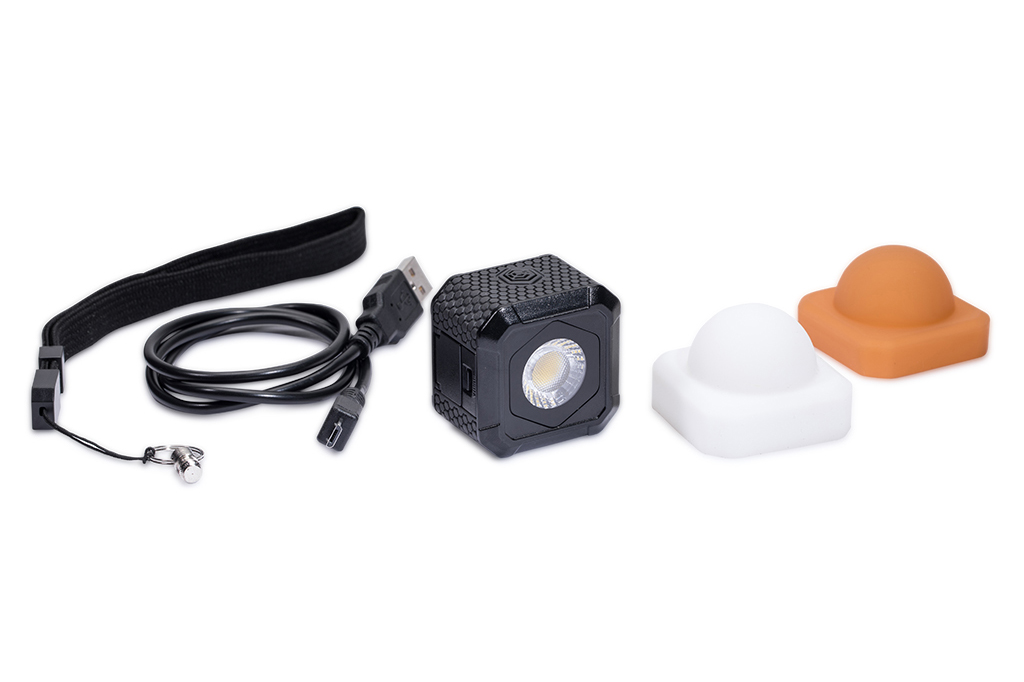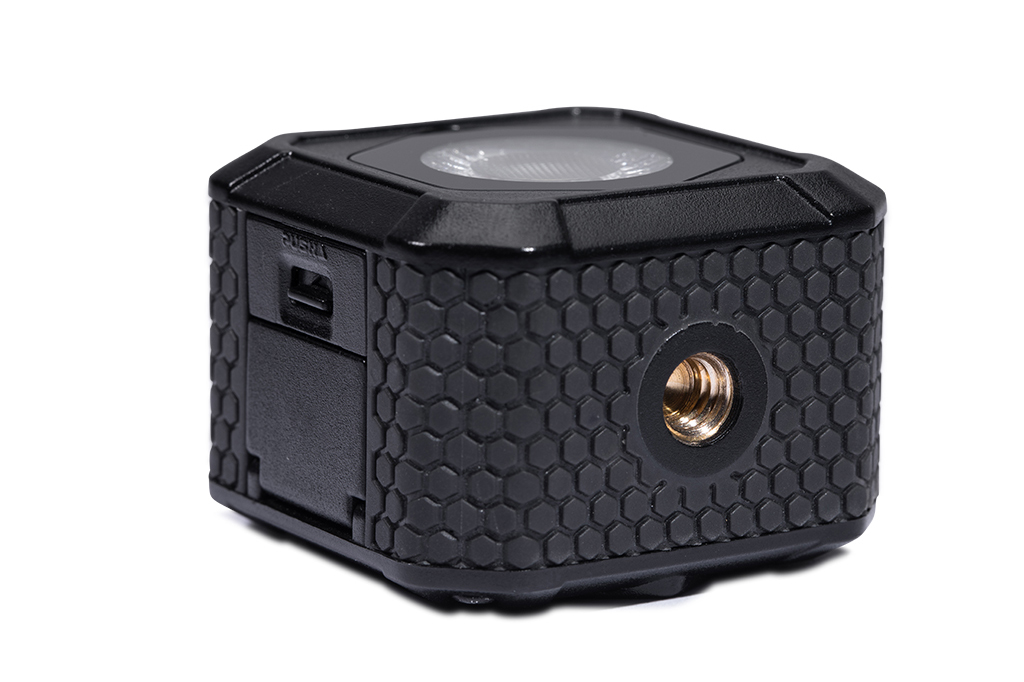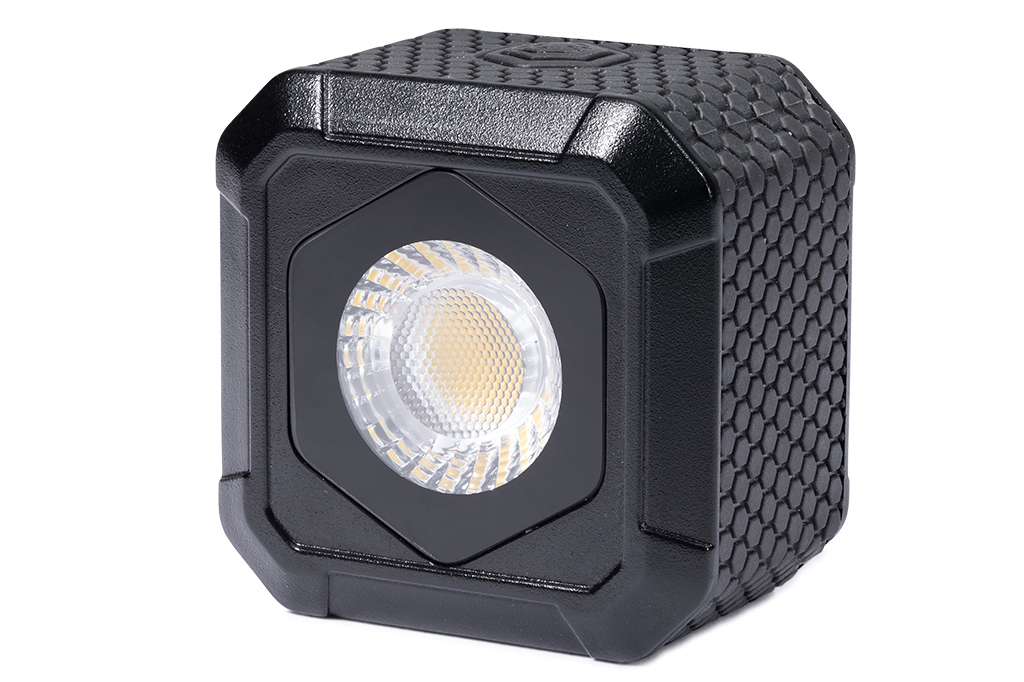Lights are often among the more bulky of photo accessories, but a new LED from Lume Cube isn’t much bigger than a golf ball. On Wednesday, November 14, the California-based company unveiled the Lume Cube Air, a smaller, lighter, portable LED encased in a waterproof body.
Like the original Lume Cube, the Lume Cube Air is a continuous LED light that can be used with any camera, including smartphones and GoPros. A Bluetooth sync option turns the video light into a flash for smartphone photography. The Air, however, is smaller and lighter than the original, weighing only 2 ounces and measuring only 1.625 inches at its longest sides.
The Lume Cube Air also uses a built-in magnet as well as a tripod mount at the bottom for more mounting options. The smaller light also includes two diffusion panels, but sits at a lower price point than the original at $70. That lower price point can make creating multi-light set-ups more affordable.

“As an innovative brand in the imaging market, we are committed to delivering valuable tools to help the growing community of content creators around the world capture stunning photos and videos,” Riley Stricklin, co-founder at Lume Cube, said. “When developing the Lume Cube AIR, we made listening to our customers a priority. We wanted to ensure we fully understood their needs so that we could craft a portable lighting solution that best enables them to create quality, on-the-go content, all while at an economical cost. Based on this feedback, Lume Cube AIR has been designed to be as small and as sleek as possible, has a built-in magnet for more versatile mounting options, and includes multiple accessories inside the box to ensure our customers have everything needed to capture professional quality content in any environment.”
From the Lume-X app for iOS and Android, users can adjust the brightness and light mode, and turn on a strobe mode, as well as accessing other settings and information including the remaining battery life.
The smaller Lume Cube Air doesn’t pack as much power as its bigger sibling, as it is rated for up to 400 Lux (compared to the original Lume Cube’s 750). The body is also waterproof down to 30 feet (compared to 100 feet for the original). But the Air will sit alongside the original as a more budget-friendly, smaller lighting option.
The Lume Cube Air is available beginning today from lumecube.com as well as selected retailers.








